In today’s digital world, relying solely on passwords to protect user accounts is no longer enough. As cyberattacks grow more sophisticated, businesses must adopt stronger, layered security methods to safeguard sensitive data and systems. That’s where Two-Factor Authentication (2FA) and Multi-Factor Authentication (MFA) come into play—each offering an extra shield beyond the traditional username and password combination. At miniOrange, we help organizations enhance their MFA cybersecurity strategy by implementing flexible and scalable solutions tailored to their needs.
While 2FA and MFA may sound similar, the core difference between 2FA and MFA lies in the number of verification layers involved. 2FA adds a second factor authentication step—commonly a one-time code sent to your phone on top of your password. On the other hand, MFA and 2FA differ in that MFA can involve three or more identity checks, such as biometrics or hardware tokens. This makes MFA 2FA solutions more resilient against modern threats. In this article, we’ll explore the 2FA vs MFA debate in detail and explain why choosing the right method matters for your business’s security.
What is Authentication?
Authentication is the process of verifying a user's identity before granting access to systems, applications, or data. It forms the backbone of any secure digital environment and is a critical component of Identity and Access Management (IAM). Whether you're logging into your email or accessing a company’s internal tools, authentication ensures that only legitimate users get through the gate.
Traditionally, authentication relied on a simple username and password. But with rising threats like phishing, credential stuffing, and brute-force attacks, this basic method is no longer enough. That's why modern organizations are turning to comprehensive miniOrange authentication solutions that go beyond passwords and incorporate multiple layers of verification.
These layers, known as authentication factors, are grouped into three main types:
- Something you know: like a password, PIN, or the answer to a security question.
- Something you have: such as a smartphone, hardware token, or security key.
- Something you are: biometrics like a fingerprint, facial scan, or voice recognition.
The more factors used, the harder it becomes for attackers to breach an account. That’s why strong authentication solutions, especially those that support MFA and 2FA, are essential for defending against today’s cyber threats.
What is the Difference Between 2FA and MFA?
The key difference between 2FA and MFA lies in the number of authentication factors involved during the login process. While both methods are designed to strengthen security by requiring users to verify their identity beyond just a password, their scope and implementation differ.
Two-Factor Authentication vs. Multi-Factor Authentication:
- 2FA (Two-Factor Authentication) requires exactly two types of credentials to verify a user—commonly a combination of something you know (like a password) and something you have (like a one-time code or security token).
- MFA (Multi-Factor Authentication), on the other hand, involves two or more verification factors. It might include a password, a mobile OTP, and a biometric scan, creating multiple layers of defense.
2FA is a type of MFA, using two factors like a password and a code. MFA offers greater security by allowing three or more factors, such as adding a fingerprint. It's ideal for high-security environments, reducing the risk of unauthorized access even if some factors are compromised.
In short:
- 2FA: Exactly two factors
- MFA: Two or more factors (broader and more secure approach)
Both approaches are effective, but MFA product generally provides more comprehensive protection, especially for businesses facing advanced cyber threats.
What is 2FA?
Two-Factor Authentication (2FA) is a widely adopted security protocol that adds an extra step to the traditional login process. Instead of relying solely on a password, 2FA requires users to verify their identity with a second factor authentication, such as a one-time password (OTP), an authenticator app, or a hardware token.
Imagine logging into your account with a password and then confirming your identity with a code from your phone—that’s 2FA in action. It’s simple, effective, and widely accessible. Many businesses leverage the miniOrange 2FA product to quickly enhance their security without complicating the user experience. By requiring two distinct authentication factors, 2FA significantly reduces the risk of account compromise, especially against phishing and brute-force attacks. It strikes a balance between improved security and user convenience.
What is MFA?
Multi-Factor Authentication (MFA) takes security a step further by requiring two or more types of authentication factors to verify a user's identity. These can include a combination of passwords, mobile-based OTPs, facial recognition, fingerprint scans, or even hardware tokens.
MFA is designed for organizations that prioritize strong data protection and regulatory compliance. Unlike 2FA, MFA doesn’t stop at two layers it can incorporate three or more, making it much more difficult for attackers to breach accounts even if one or two factors are compromised.
With the help of robust miniOrange MFA tool, businesses can implement dynamic, risk-based authentication policies across departments, applications, and user roles. It offers flexibility and scalability, adapting to diverse needs across industries from financial services to healthcare and SaaS platforms. In the ever-evolving cybersecurity landscape, MFA stands as one of the most powerful defenses against unauthorized access and credential-based threats.
Is Multi-Factor Authentication Better Than Two-Factor Authentication?
When comparing MFA vs 2FA, Multi-Factor Authentication typically offers stronger and more adaptable security. By requiring two or more verification factors, often from different categories, it adds multiple checkpoints that make unauthorized access significantly more difficult.
That said, the "better" solution depends on your organization’s size, data sensitivity, and compliance needs. Two-Factor Authentication (2FA) can be a great fit for startups or businesses with moderate risk profiles, offering essential protection without overwhelming users or IT teams.
For enterprises handling sensitive customer data, regulated transactions, or mission-critical systems, MFA products deliver advanced protection with customizable policies, conditional access, and high assurance authentication methods. In high-risk scenarios, more layers of verification translate to better control and reduced exposure.
Ultimately, both 2FA and MFA improve security, but MFA is the more scalable and future-ready solution, especially in today’s complex cyber threat landscape.
Liability of a Password
Passwords have long been the weakest link in the security chain. They're often reused, easy to guess, or stored insecurely, leaving systems vulnerable to brute-force attacks, phishing scams, and credential stuffing.
Even strong passwords can be compromised through data breaches or user negligence. And once an attacker has access to a password, it becomes a single point of failure, giving them a direct path into your network.
That’s why relying on passwords alone, even with periodic resets, isn’t enough. Businesses must shift from password-centric models to robust authentication solutions that reduce this liability. Whether it's through 2FA or MFA, adding layers of identity verification is crucial to safeguarding digital assets.
Single Sign-On for User Identification
Single Sign-On (SSO) simplifies the login experience by allowing users to access multiple applications with just one set of credentials. When paired with 2FA or MFA, it strikes a perfect balance between security and convenience.
By centralizing authentication, SSO ensures that identity verification happens at a single, secure checkpoint, reducing the number of logins while maintaining control. For users, this means fewer passwords to remember. For IT teams, it offers greater visibility and control over access activity.
When integrated into an authentication solution like the miniOrange SSO solution, it helps reduce password fatigue, streamline access across systems, and enhance user productivity, all without compromising on security.
The Importance of 2FA and MFA
Passwords alone are no longer secure. 2FA and MFA add extra layers of protection, making it significantly harder for attackers to breach your systems. From preventing unauthorized access to meeting compliance requirements, here’s why enabling them is critical.
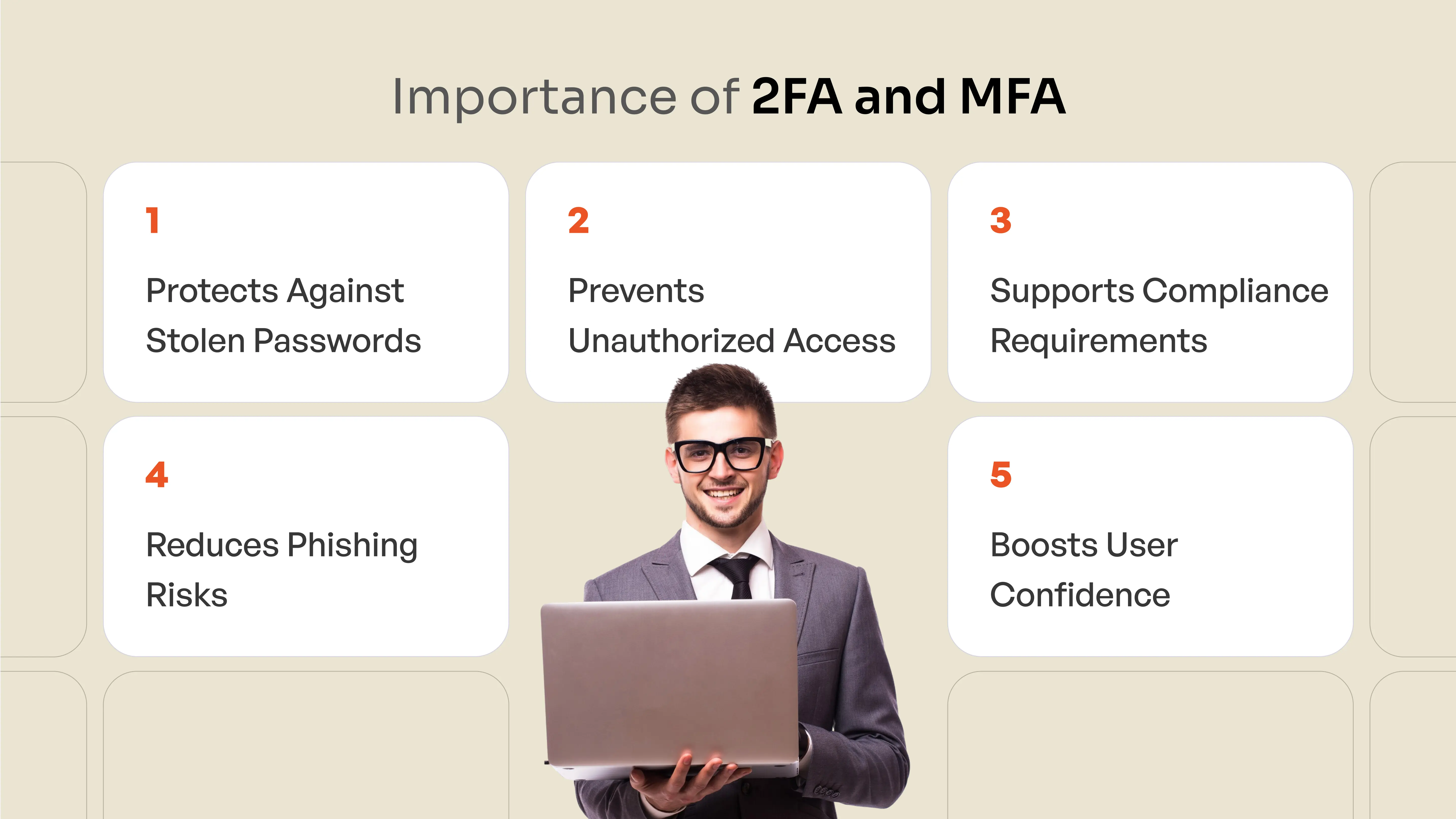
1. Protects Against Stolen Passwords
Even if your password is compromised, attackers can’t get in without the second factor.
2. Prevents Unauthorized Access
Adds a strong barrier between your accounts and cybercriminals.
3. Supports Compliance Requirements
Helps meet industry regulations like GDPR, HIPAA, and PCI-DSS.
4. Reduces Phishing Risks
Stops attackers from logging in—even with credentials they tricked users into sharing.
5. Boosts User Confidence
Reassures users that their data is well protected with extra security layers.
The Best 2FA and MFA Authentication Methods
Implementing the right MFA methods is key to balancing strong security with user convenience. Here are some of the most effective authentication options that organizations can adopt to protect access to their systems and data:
1. Security Tokens
Security tokens—whether hardware or software-based—generate time-sensitive, one-time passcodes (OTPs) that users must enter during login. These tokens make unauthorized access nearly impossible without physical or device-based possession. They’re especially useful for industries requiring high-assurance security without internet dependency.
2. Biometric Authentication
Biometric authentication uses unique physical or behavioral traits like fingerprints, facial recognition, or voice patterns to verify identity. As one of the most secure MFA methods, biometrics are hard to replicate or steal. While highly effective, they require careful handling of sensitive data and secure storage to avoid privacy risks.
3. Authenticator Apps
Authenticator apps like the miniOrange Authentication App offer a seamless way to implement MFA using time-based OTPs that refresh every 30 seconds. Unlike SMS-based codes, they don’t rely on your phone number or carrier, minimizing phishing and SIM-swap risks. The miniOrange app also supports push-based approval for faster, more secure logins with a single tap.
2FA and MFA benefits for an organization
In today’s evolving threat landscape, enabling Multi-Factor Authentication (MFA) or Two-Factor Authentication (2FA) is no longer optional; it’s essential. miniOrange offers a comprehensive, scalable, and easy-to-deploy MFA/2FA solution that protects your users, apps, and sensitive data across every access point.
Here’s how miniOrange can help make it easy to strengthen your security posture:
Enterprise-Grade Security
miniOrange MFA verifies user identity through multiple layers, like OTPs, biometrics, push notifications, or hardware tokens, preventing breaches caused by stolen or weak passwords.
Customizable for Every Business
Whether you're a startup or an enterprise, miniOrange offers over 15+ MFA methods that you can tailor to your users and risk levels, including support for VPNs, legacy apps, and cloud platforms.
Seamless Integration with SSO & Existing Infrastructure
Combine MFA with Single Sign-On (SSO) for a smooth, one-click login experience, without compromising security. Easily integrates with Active Directory, Okta, Azure AD, and more.
Adaptive and Context-Aware
Leverage adaptive MFA with contextual factors like IP, device, or geo-location to trigger additional layers of verification only when needed, striking the perfect balance between user experience and risk mitigation.
Remote-Ready with the miniOrange Authentication App
Empower remote teams with secure access through our mobile app, offering OTP, push, QR-code logins, and biometric support all from a single device.
Conclusion
With rising cyber threats and increasing regulatory demands, implementing robust authentication measures is no longer a choice, it’s a necessity. miniOrange empowers organizations with flexible, scalable, and user-friendly 2FA and MFA solutions that not only safeguard sensitive data but also enhance the overall login experience. From traditional OTPs to modern, passwordless authentication, miniOrange supports advanced methods like WebAuthn, a secure standard that uses biometrics or security keys for frictionless logins. To understand more about WebAuthn and its role in future-proofing your authentication strategy, miniOrange offers seamless integration tailored to your needs.
Learn more about MFA and explore how the right authentication methods can transform your organization's security landscape. Start your free trial today or contact us to find the best-fit solution for your business.
FAQs
Is MFA always better than 2FA?
Yes, but it depends on your security needs. All 2FA is a form of MFA, but MFA can include more than two layers of authentication, offering extra protection. For high-risk environments, MFA is more secure, while 2FA works well for most standard use cases.
Is 2FA still secure in 2025?
2FA continues to be one of the most effective ways to block unauthorized access. It protects against password theft, supports compliance, and is easy to implement, making it a smart choice even in today’s evolving threat landscape.
Can I use biometrics with 2FA?
Yes, and it’s highly recommended. Biometrics, like fingerprints or facial recognition, can be used as a second factor in 2FA. They offer strong security and a seamless user experience, making logins both safer and faster.
Which is More Secure: 2FA or MFA?
MFA is more secure. While 2FA uses two verification steps, MFA can include three or more, like combining a password, biometric scan, and a smart card. More layers mean more protection, especially for sensitive systems.
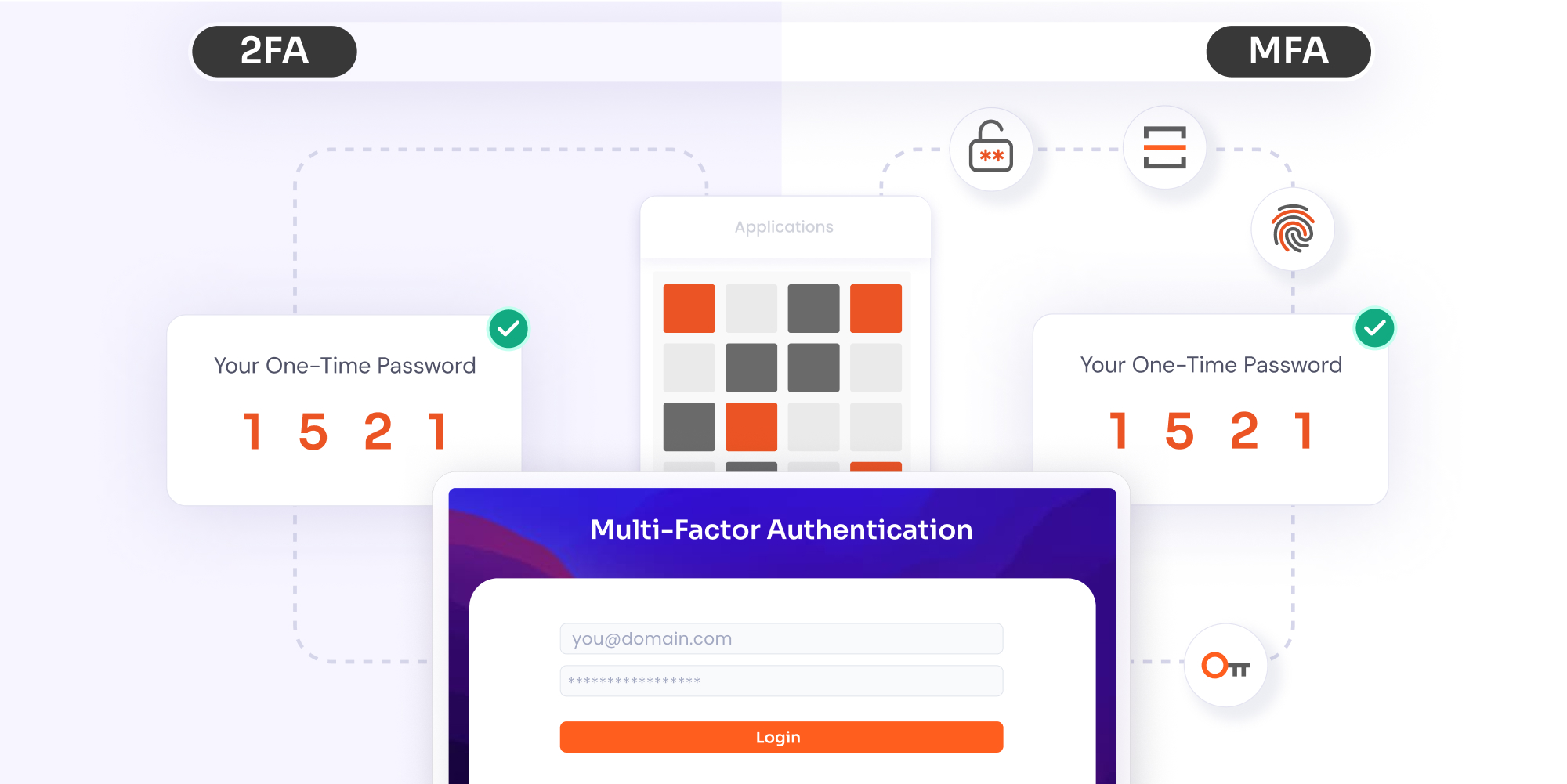

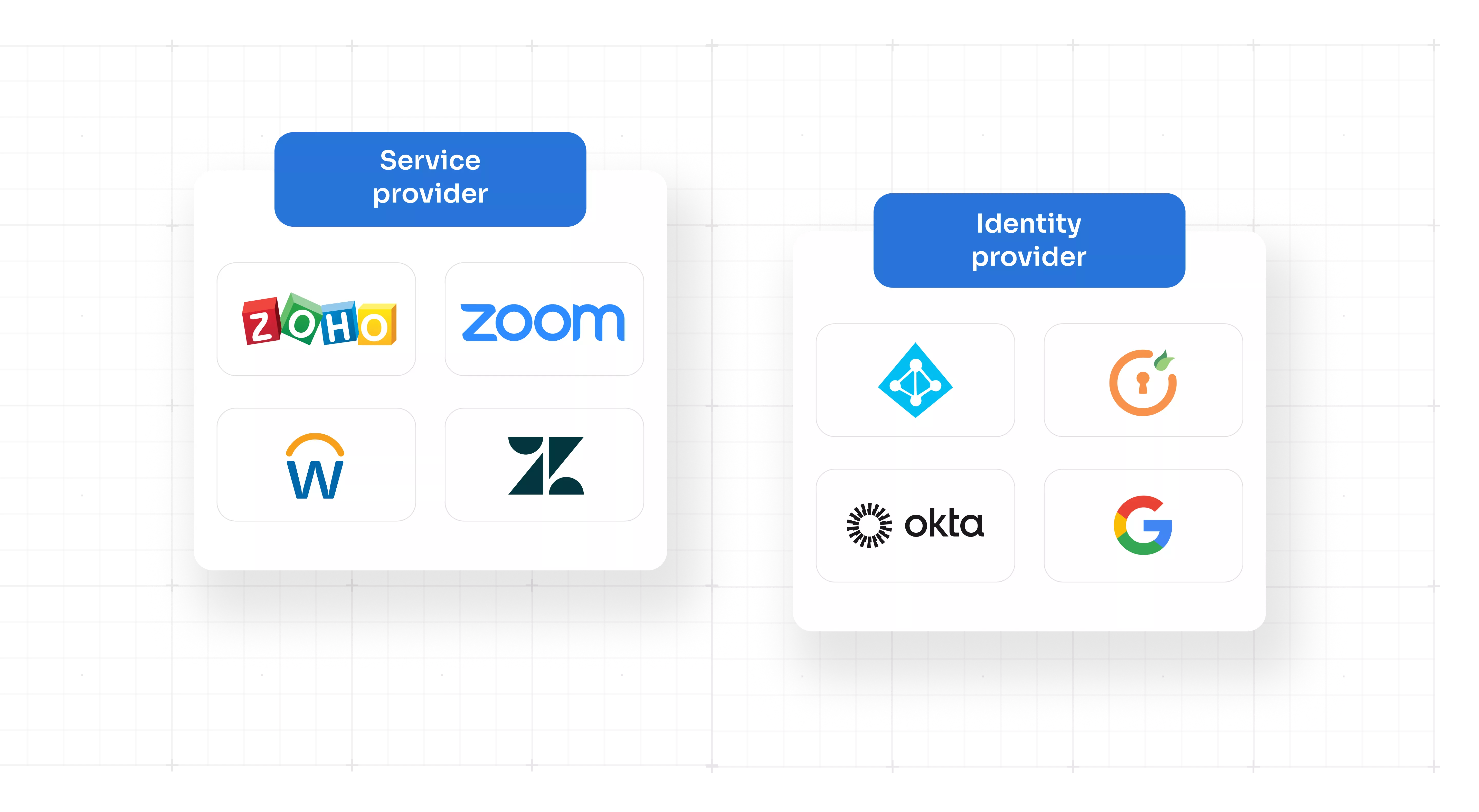
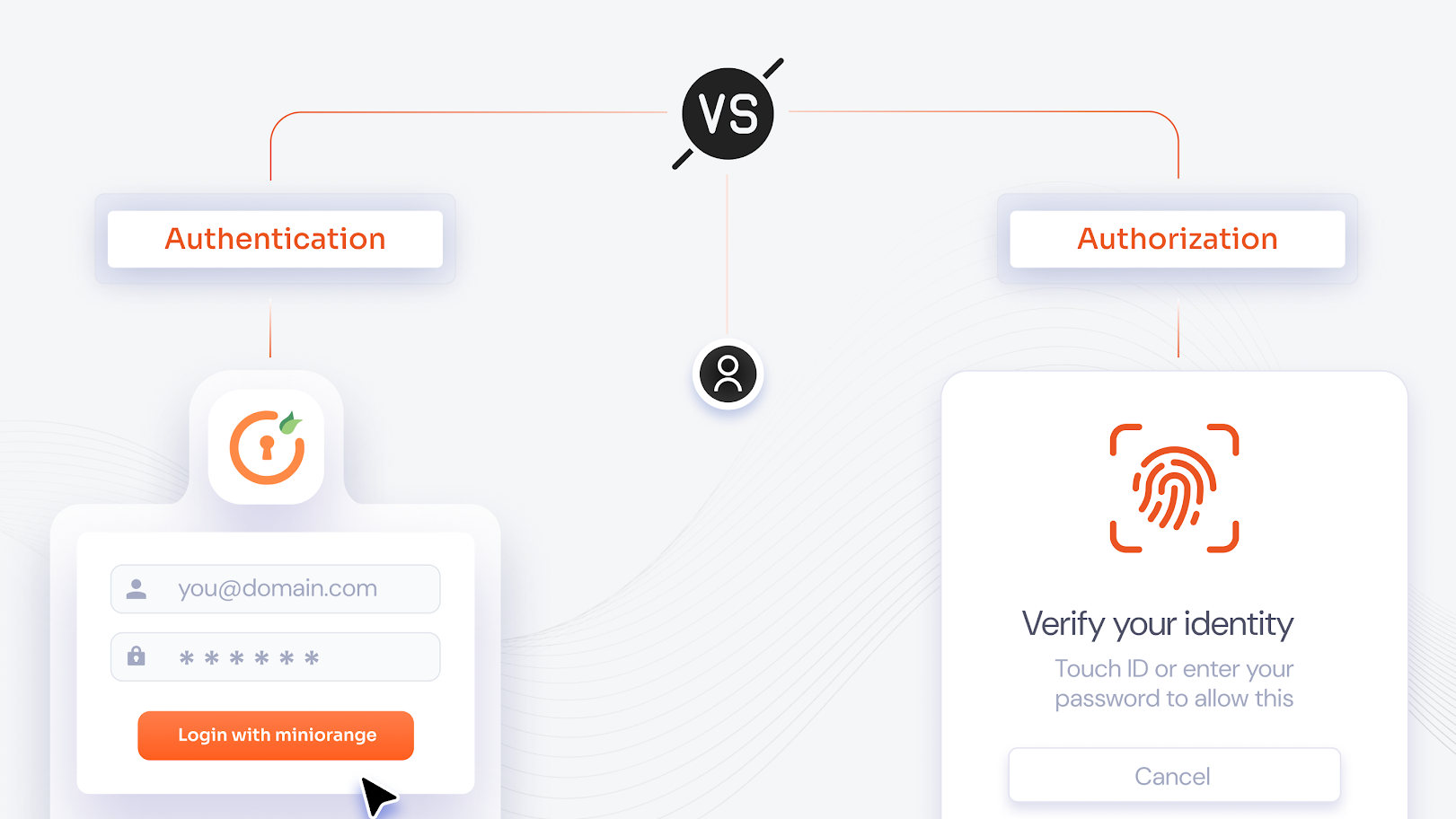
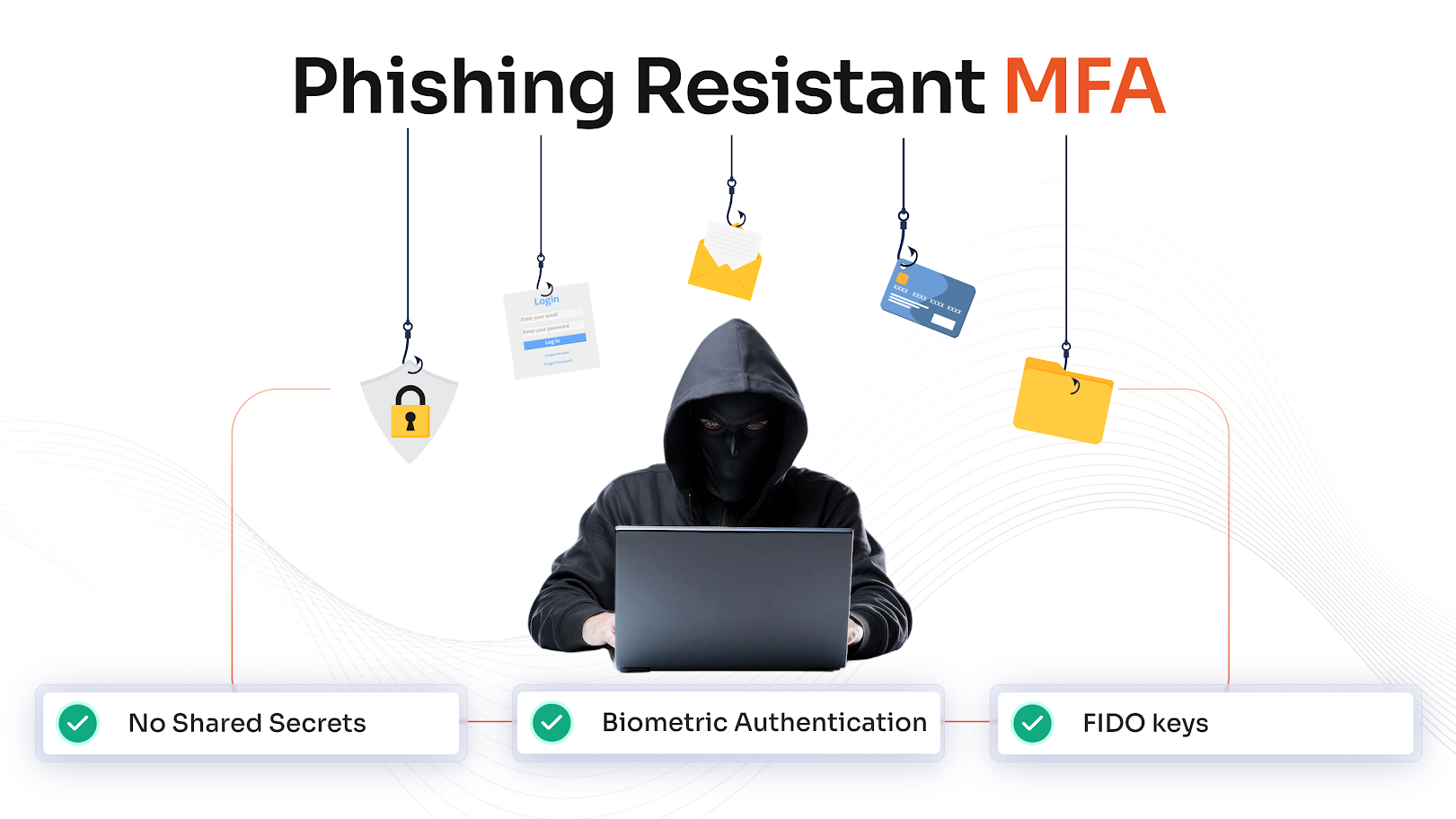

Leave a Comment